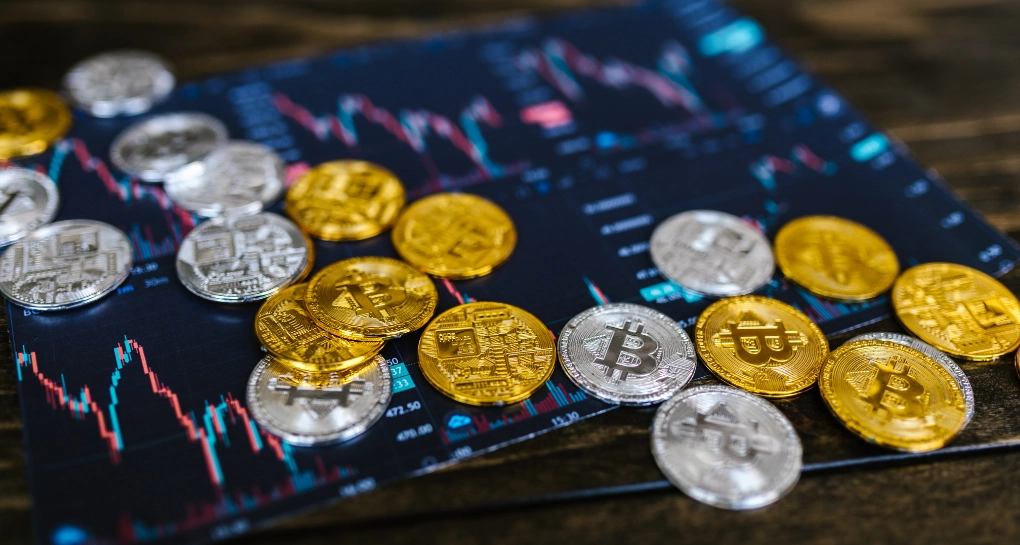Investing in precious metals has long been a strategy for preserving wealth and diversifying portfolios. Gold and silver are the two most popular options, but they differ in several critical ways. Understanding their unique characteristics, market behavior, and investment potential can help you make more informed decisions if you’re trading via financial instruments with a broker like FXPrimus.
Why Invest in Gold and Silver?
Gold and silver serve as stores of value, hedges against inflation, and diversification tools in volatile markets. Investors turn to these metals for stability, portfolio protection, and potential long-term growth.
Key reasons to consider gold and silver:
- Inflation Hedge: Both metals often maintain value when fiat currencies lose purchasing power.
- Diversification: Adding metals reduces exposure to stock market volatility.
- Liquidity: Gold and silver are globally recognized and easily traded on platforms like FXPrimus.
What is the Difference Between Gold and Silver?
While both are precious metals, gold and silver differ in price, industrial usage, volatility, and historical significance.
| Feature | Gold | Silver |
| Price | Higher per ounce | Lower per ounce |
| Volatility | Lower | Higher |
| Industrial Use | Minimal | Extensive (electronics, solar panels, medical devices) |
| Portfolio Role | Safe haven | Growth + industrial exposure |
| Storage & Transport | Easier to store | Bulkier for same value |
How to Invest in Gold and Silver?
Investors have multiple options for entering the market:
- Physical Bullion: Coins, bars, or jewelry.
- ETFs & Funds: Exchange-traded products backed by gold or silver.
- Mining Stocks: Shares in companies that extract gold and silver.
- Futures & Options: Derivatives allowing leverage but higher risk.
Each method has trade-offs in liquidity, risk, and cost. Platforms like FXPrimus allow traders to access gold and silver CFDs safely, providing tools to monitor risk and optimize strategy.
The Gold vs Silver Ratio
The gold-to-silver ratio measures how many ounces of silver equal one ounce of gold. Historically, this ratio averages around 60:1. Monitoring this ratio helps investors gauge relative value and timing for purchases or sales.
Gold vs Silver: Which is Better as an Investment?
Choosing between gold and silver depends on your financial goals:
- Gold: Better as a safe-haven asset, wealth preservation, and lower volatility.
- Silver: Offers higher growth potential but comes with more price swings and industrial dependency.
Difference Between Gold and Silver
In short, gold is primarily a monetary and store-of-value metal, while silver combines investment and industrial utility. Investors often hold a mix to balance stability and growth potential.
FAQs
Is it better to buy gold or silver now?
It depends on market conditions and your investment goals. Gold is ideal for stability; silver offers potential growth.
Is it better to invest in gold or silver?
A diversified approach is often recommended. Combining both metals provides balance between safe-haven stability and growth opportunity.
Why is silver so much cheaper than gold?
Silver is more abundant and heavily used in industry, which lowers its market price compared to gold’s scarcity and monetary significance.
How do I know if my gold and silver are real?
Use certified dealers, check for hallmarks, and consider professional assays or XRF testing for verification.
Conclusion
Both gold and silver have unique benefits. Gold offers stability and acts as a safe haven, while silver provides growth potential and industrial demand exposure. For traders looking to safely access precious metals, FXPrimus provides a secure trading environment, advanced tools, and risk management features. Whether you prefer trading CFDs or diversifying your portfolio, FXPrimus makes entering the gold and silver markets simple and transparent.
Start trading gold and silver safely with FXPrimus today to diversify your portfolio and manage risk effectively.
